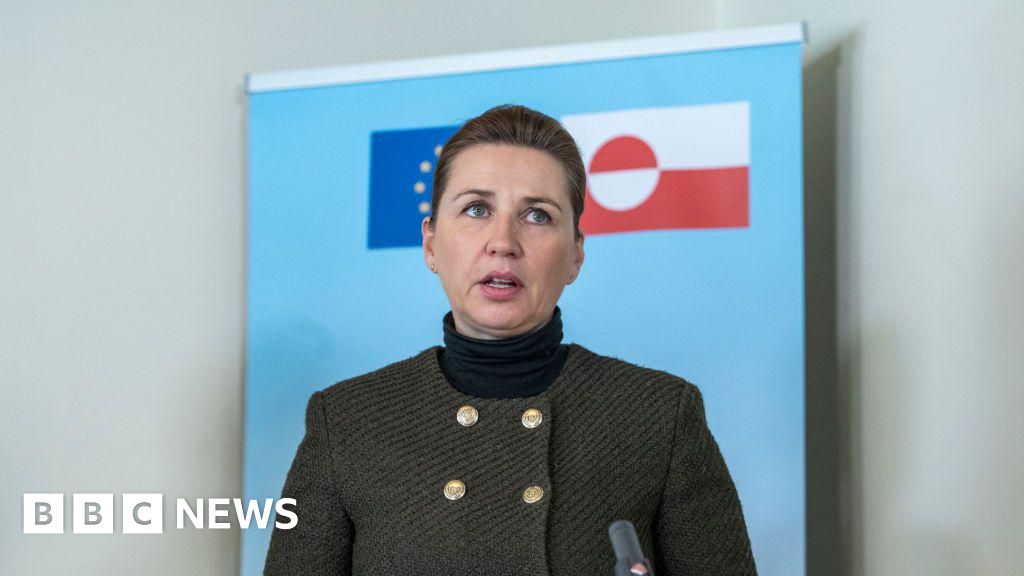US market data reported by Reuters showed a decline in one of the main indicators forTo swell Last November, although the personal consumption price index rose by 2.6% over the previous year, the increase was lower than the previous October, which amounted to about 2.9%. The Ministry of Commerce stated that it was the first decline in the index since early 2020, due to lower energy and food costs.
The American President praised joe biden This is considered an important development, as he pointed out that “inflation during the last six months was equivalent to the previous level of the period before the Corona pandemic, at 2%.” Excluding volatile sectors such as food and energy, core inflation fell to an annual rate of 3.2%, slightly lower than last October.
This decline in inflation is consistent with the strategy Federal Reserve (The US Central Bank) to maintain interest rates At its highest level in 22 years to limit inflation towards the long-term target of 2%.
The cohesion of the US economy with stable consumption and the performance of the labor market raised hopes for a slight decline in inflation, as its rate began to decline without causing an economic recession.
Cautious optimism
Despite the positive signs, Biden stressed that “the challenges facing American families still continue due to rising costs,” urging companies to work to ensure price stability.
Michael Pearce, an economist at Oxford Economics, described the data as “encouraging reading,” saying it indicates that consumption growth is slowing to a more sustainable pace, while inflationary pressures are fading.
In light of these developments, economists expected a tangible change in the Federal Reserve’s policy in the near future, as inflation turmoil, especially in the services sector, shows signs of weakness. However, experts warn that an unexpected decline in inflation could prompt markets to demand deeper interest rate cuts, potentially affecting future policy making.






